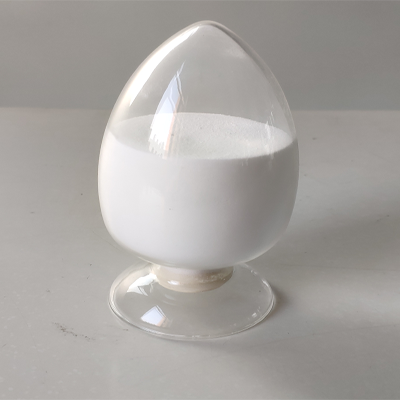PVC processing aid is a thermoplastic graft polymer obtained from the polymerization of methyl methacrylate and acrylate through seed lotion. It is mainly used for the processing and production of PVC materials. It has a good effect on improving the impact resistance of PVC materials. It can prepare a multi-step polymerization method using seed lotion polymerization, including traditional lotion polymerization and core shell lotion polymerization. Its advantage lies in the ability to control the composition, size, shell thickness, ratio of shell to core radius, surface functional characteristics, etc. of particles according to different needs during the synthesis reaction process, and the resulting particle size distribution is relatively uniform.
The main raw materials for PVC processing aids are acrylic esters and methyl methacrylate. In actual production, acrylate is usually first polymerized with other monomers (such as styrene, acrylonitrile, etc.) through lotion to form a polymer with low glass transition temperature, that is, a core with elastomer properties, and then graft copolymerized with methyl methacrylate, styrene, etc. to form a polymer with core shell structure. The solid content of this lotion polymerized lotion is generally about 45% ± 3%, and the lotion is dried and dehydrated to make the water content of the product less than 1% (mass fraction) to obtain white powder products.
Core shell lotion polymerization is the core of ACR resin production technology. The core shell structure of ACR can be divided into three types: hard core soft shell structure, soft core hard shell structure, and hard soft hard three-layer structure. However, the main variety currently sold on the market is “soft core hard shell structure”. ACR resins with this structure have good performance and are widely used. The core shell lotion polymerization of “soft core hard shell structure” is a process in which hard monomer is grafted onto the seed of soft latex particles formed by the first step of lotion polymerization. The type and dosage of emulsifiers, core-shell ratio, shell monomer feeding method, crosslinking degree of seed latex particles (rubber core), seed particle size, and type and dosage of crosslinking agent all have a significant impact on the core-shell structure of ACR latex particles and the final product performance of ACR.
Post time: Jun-12-2024





